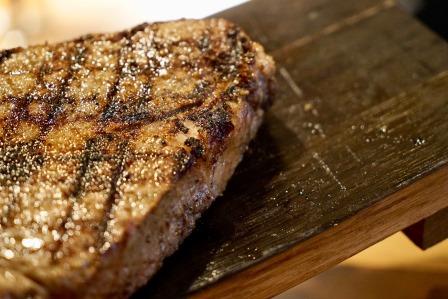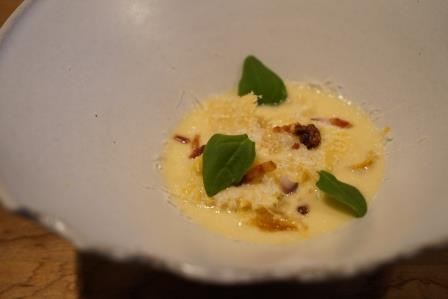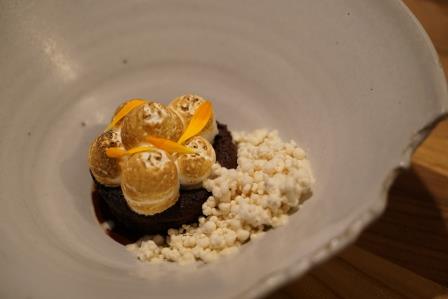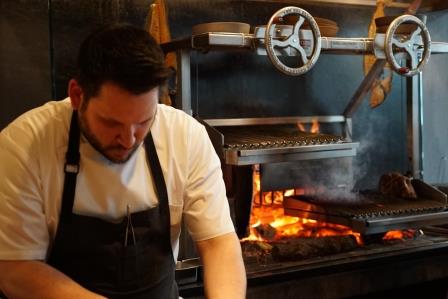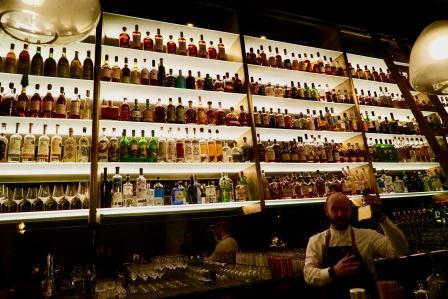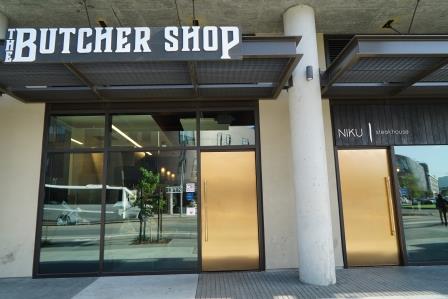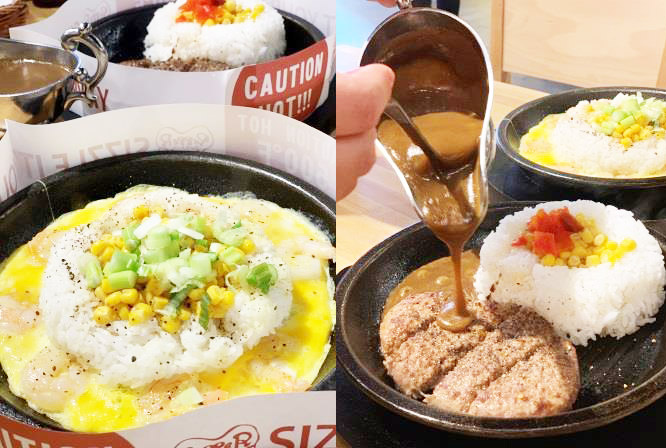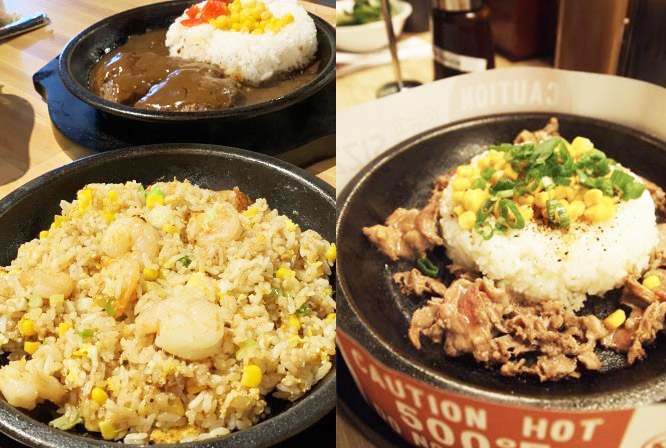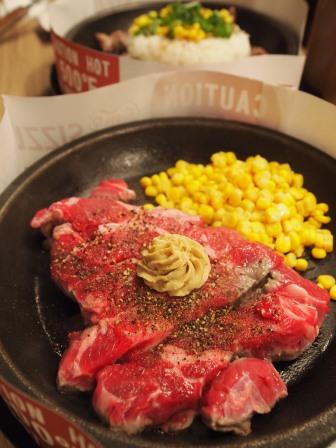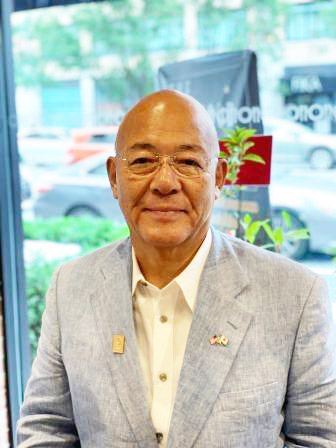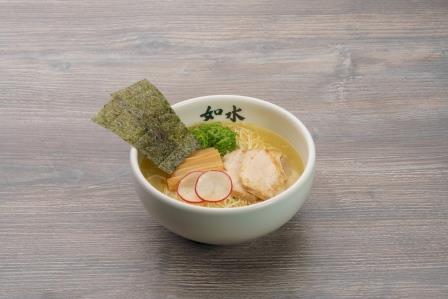First in the World! Vegan-certified Japanese Sake Released
By Kosuke Kuji
Nanbu Bijin is the first sake product in the world to receive the “Vegan” certification in January 2019, certified by The Vegan Society based in England and NPO Vege Project Japan.
The original ingredients of Japanese sake are rice, malted rice, and water, common knowledge among those somewhat knowledgeable about Japanese sake, and knowledge as basic as grapes being the main food ingredient for wine.
However, examining the Japanese sake label shows the ingredients are listed only in Japanese. Needless to say, this makes understanding the sake ingredients difficult for foreign consumers.
Faced with this dilemma, Nanbu Bijin’s sake and liqueur were certified as satisfying “Kosher” requirements stipulated under Jewish dietary laws in 2013.
Through this certification, Nanbu Bijin products were gradually introduced not only among non-Japanese fans of Japanese sake and non-Japanese consumers knowledgeable about Japan, but also among a wide range of non-Japanese consumers. One American national asked, “If Japanese sake is Kosher, why won’t you get Vegan-certified?” Of course, examining the Japanese sake ingredients gives evidence the product is “Vegan.” However, none of the Japanese sake products were certified as Vegan, because it was so obvious, no one noticed, to be more precise.
We have to start from disseminating the most obvious information to reach consumers beyond the Japanese. Therefore, we took on the challenge and with some time, we finally received the Vegan certification.
Japanese sake is produced using absolutely no animal products. Not only is this true for Vegan-certified Nanbu Bijin sake products, but also for other Japanese sake brands as well. Therefore, our sincere desire is for the entire Japanese sake industry to work together to get more sake breweries Vegan-certified to increase the value of Japanese sake products as a whole worldwide.
「世界初!ヴィーガン認定の日本酒誕生」
南部美人では、2019年1月、世界で初めて日本酒の「ヴィーガン」認定を受けました。イギリスを本部とするヴィーガンソサイエティーと日本のヴィーガン協会の2つから認定を受けました。
日本酒の原材料は「米」と「米こうじ」、そして水です。
これは日本酒をちょっとでも知っている人ならば誰でも知っている事で、まさにワインの原材料が「ぶどう」と答えるのと同じような基本的な事でもあります。
しかし、日本酒のラベルを見ても、原材料の部分は日本語でしか書かれていません。これでは外国人が日本酒の事を理解するのは難しいです。
そんな中で、南部美人では2013年にユダヤ教の食餌規定を満たす認定「コーシャ」を日本酒とリキュールで認められました。
そのことで、日本酒好きのノンジャパニーズや、日本の事を良く知るノンジャパニーズだけでは無く、広い範囲のノンジャパニーズの皆さんにお酒を少しずつ浸透させていきました。アメリカである方から「日本酒はコーシャであるなら、なんでヴィーガンの認定は受けないのか」と言われました。確かに日本酒の原材料だけ見ると間違いなく「ヴィーガン」です。しかしどの日本酒もヴィーガンの認定は受けていない、むしろ当たり前すぎて気づかなかったという方が正しいかもしれません。
当たり前なものを「見える化」しないと、日本人以外には伝わりません。そこで挑戦を始めて、時間がかかりましたがやっとヴィーガンの認定を受けました。
日本酒は動物性のものは一切使っていません。それはヴィーガンに認定された南部美人だけではなく、他の日本酒も一緒の事です。願わくば、日本酒業界が一丸となって多くの蔵がヴィーガン認定を取ることで、世界で日本酒の価値がさらに高まることを祈っています。
Nanbu Bijin is the first sake product in the world to receive the “Vegan” certification in January 2019, certified by The Vegan Society based in England and NPO Vege Project Japan.
The original ingredients of Japanese sake are rice, malted rice, and water, common knowledge among those somewhat knowledgeable about Japanese sake, and knowledge as basic as grapes being the main food ingredient for wine.
However, examining the Japanese sake label shows the ingredients are listed only in Japanese. Needless to say, this makes understanding the sake ingredients difficult for foreign consumers.
Faced with this dilemma, Nanbu Bijin’s sake and liqueur were certified as satisfying “Kosher” requirements stipulated under Jewish dietary laws in 2013.
Through this certification, Nanbu Bijin products were gradually introduced not only among non-Japanese fans of Japanese sake and non-Japanese consumers knowledgeable about Japan, but also among a wide range of non-Japanese consumers. One American national asked, “If Japanese sake is Kosher, why won’t you get Vegan-certified?” Of course, examining the Japanese sake ingredients gives evidence the product is “Vegan.” However, none of the Japanese sake products were certified as Vegan, because it was so obvious, no one noticed, to be more precise.
We have to start from disseminating the most obvious information to reach consumers beyond the Japanese. Therefore, we took on the challenge and with some time, we finally received the Vegan certification.
Japanese sake is produced using absolutely no animal products. Not only is this true for Vegan-certified Nanbu Bijin sake products, but also for other Japanese sake brands as well. Therefore, our sincere desire is for the entire Japanese sake industry to work together to get more sake breweries Vegan-certified to increase the value of Japanese sake products as a whole worldwide.
「世界初!ヴィーガン認定の日本酒誕生」
南部美人では、2019年1月、世界で初めて日本酒の「ヴィーガン」認定を受けました。イギリスを本部とするヴィーガンソサイエティーと日本のヴィーガン協会の2つから認定を受けました。
日本酒の原材料は「米」と「米こうじ」、そして水です。
これは日本酒をちょっとでも知っている人ならば誰でも知っている事で、まさにワインの原材料が「ぶどう」と答えるのと同じような基本的な事でもあります。
しかし、日本酒のラベルを見ても、原材料の部分は日本語でしか書かれていません。これでは外国人が日本酒の事を理解するのは難しいです。
そんな中で、南部美人では2013年にユダヤ教の食餌規定を満たす認定「コーシャ」を日本酒とリキュールで認められました。
そのことで、日本酒好きのノンジャパニーズや、日本の事を良く知るノンジャパニーズだけでは無く、広い範囲のノンジャパニーズの皆さんにお酒を少しずつ浸透させていきました。アメリカである方から「日本酒はコーシャであるなら、なんでヴィーガンの認定は受けないのか」と言われました。確かに日本酒の原材料だけ見ると間違いなく「ヴィーガン」です。しかしどの日本酒もヴィーガンの認定は受けていない、むしろ当たり前すぎて気づかなかったという方が正しいかもしれません。
当たり前なものを「見える化」しないと、日本人以外には伝わりません。そこで挑戦を始めて、時間がかかりましたがやっとヴィーガンの認定を受けました。
日本酒は動物性のものは一切使っていません。それはヴィーガンに認定された南部美人だけではなく、他の日本酒も一緒の事です。願わくば、日本酒業界が一丸となって多くの蔵がヴィーガン認定を取ることで、世界で日本酒の価値がさらに高まることを祈っています。





